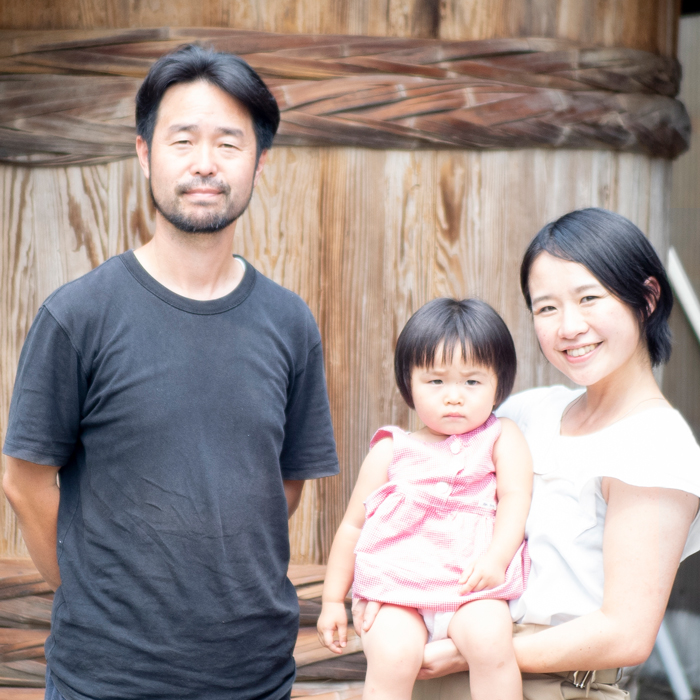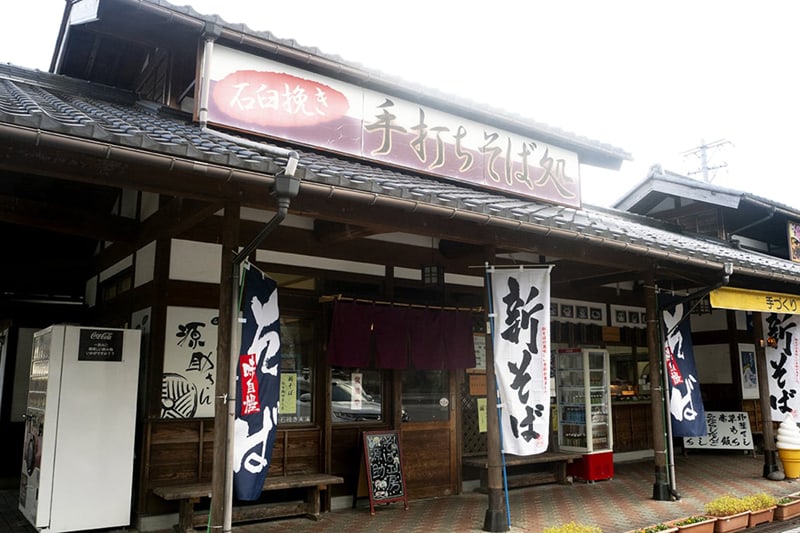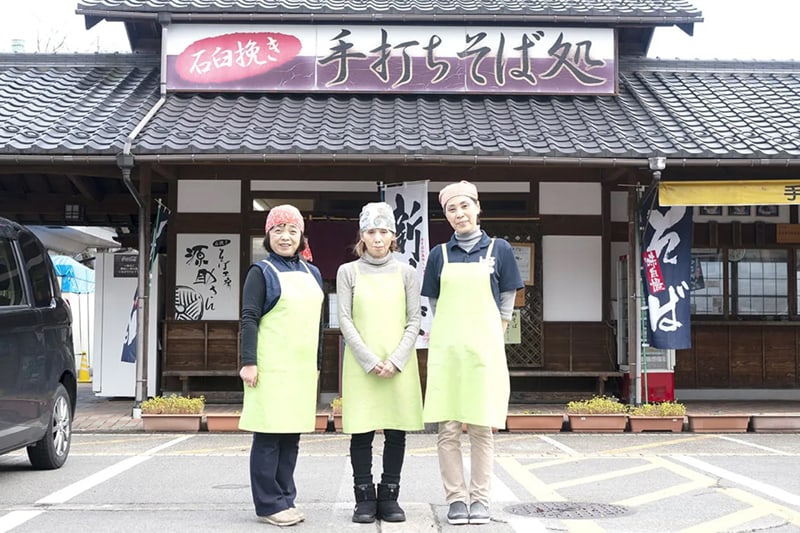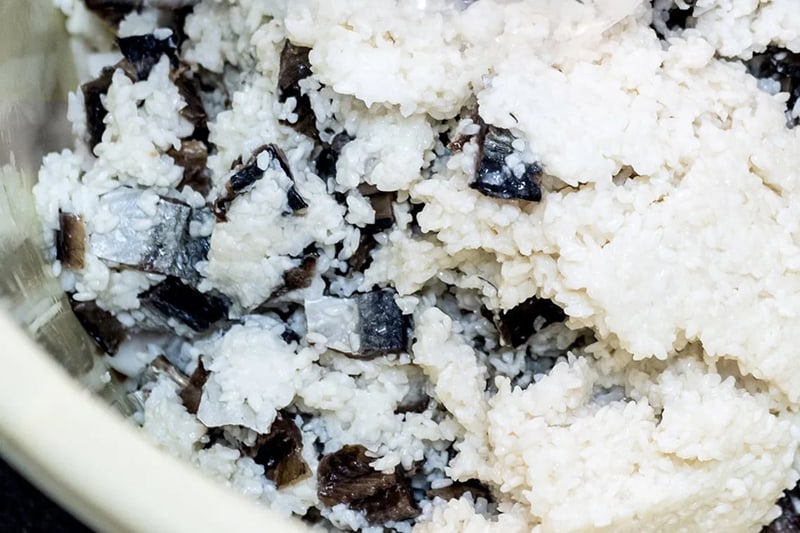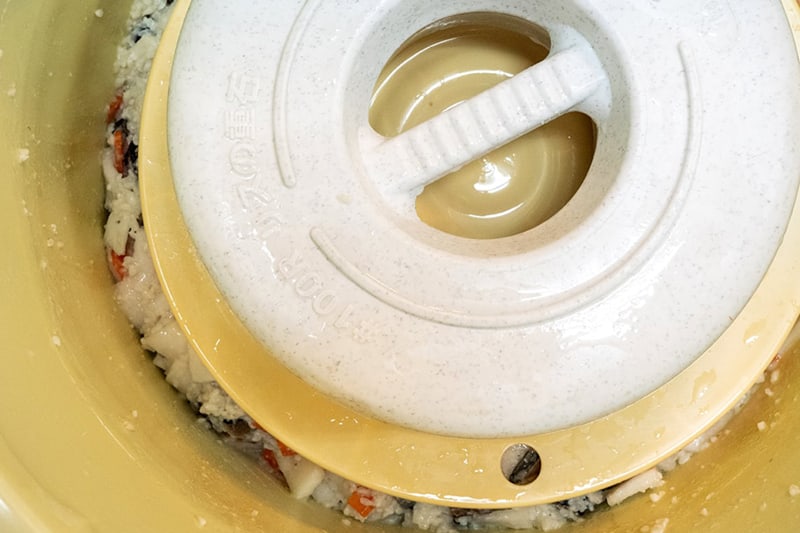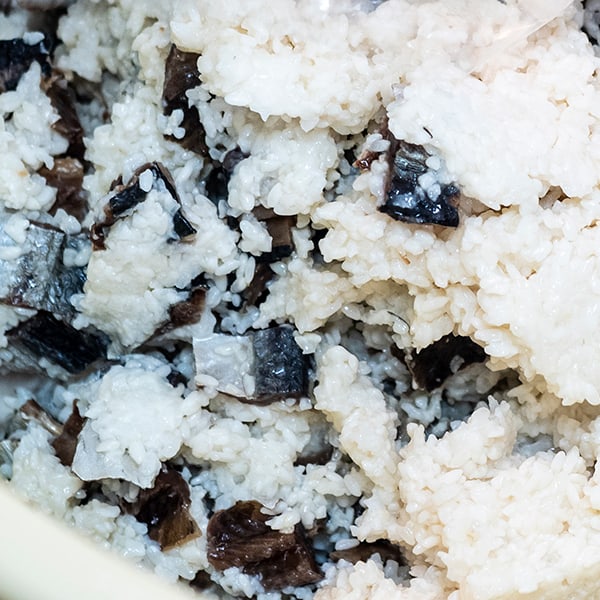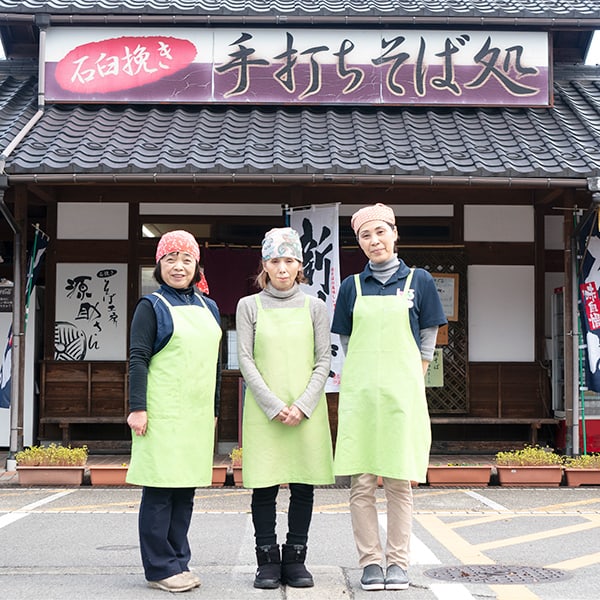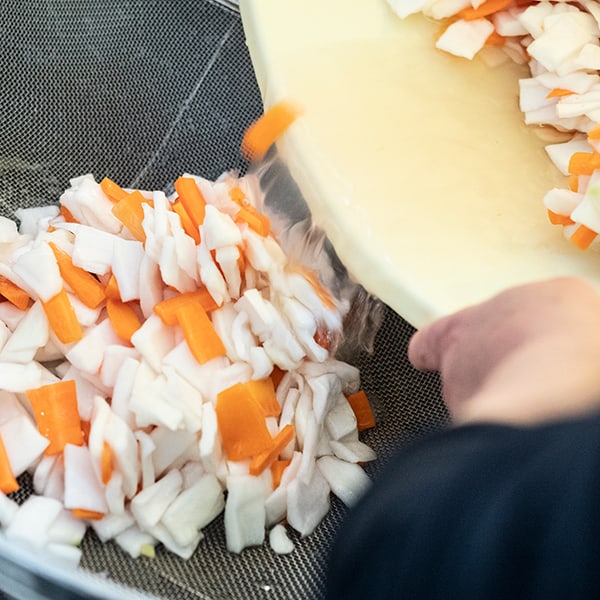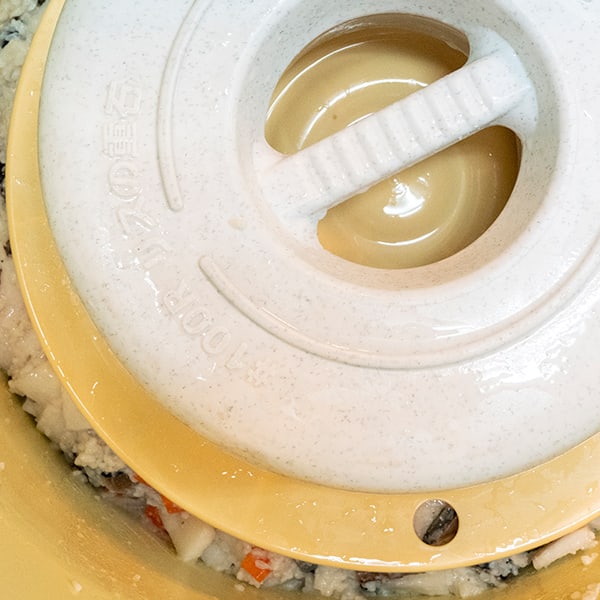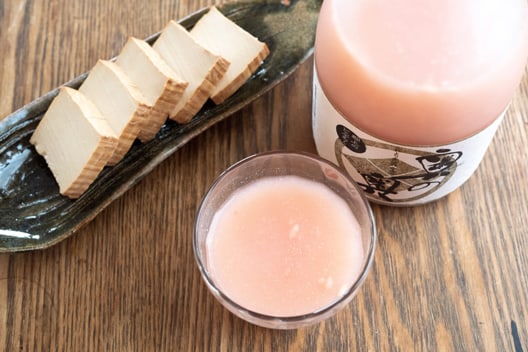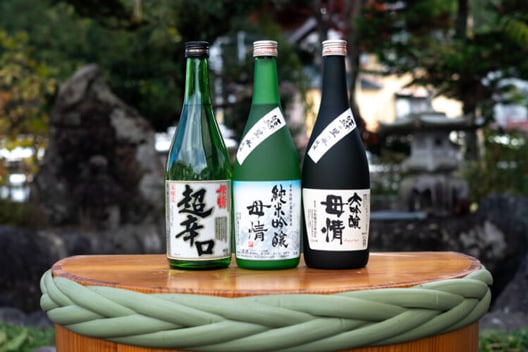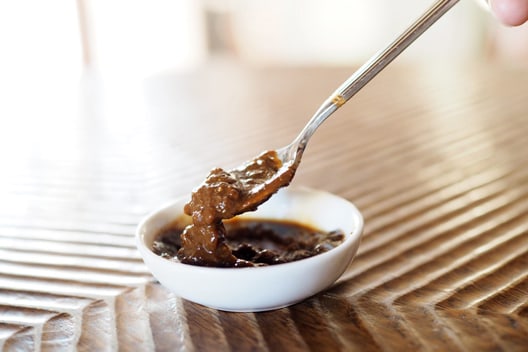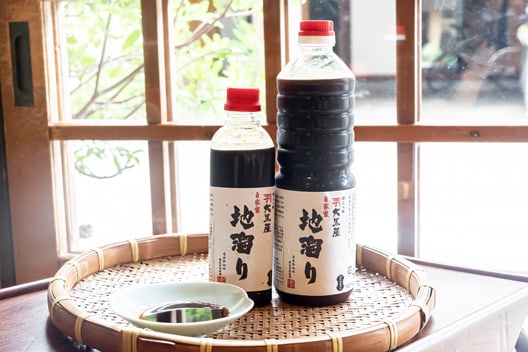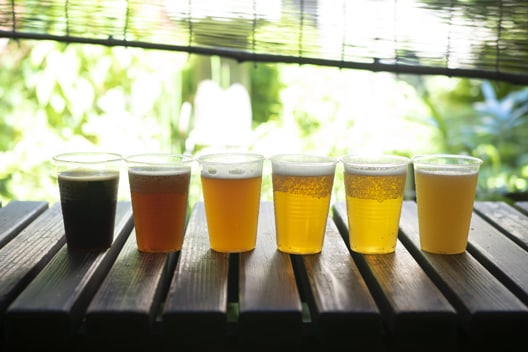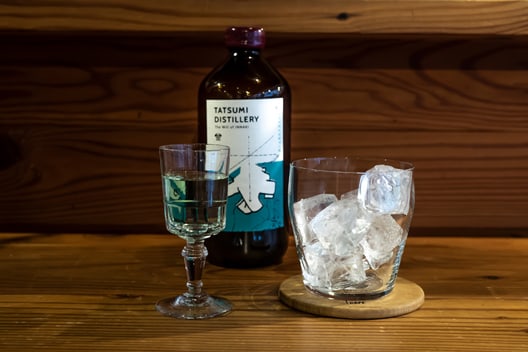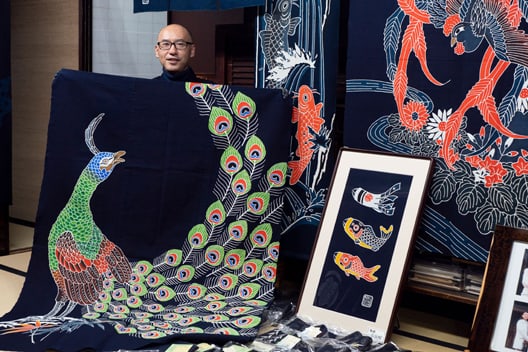“Nishin-zushi” is loved as a traditional food during New Year at Northern part of Gujo-shi, Yamato and Shirotori. Nishin-zushi is made by soaking Nishin (Herring), radish, carrot, rice, koji and salt for a long time and lactic fermented. It is a kind of Nare-zushi (Fermented sushi).
The most popular sushi is Nigiri-zushi (Hand-shaped sushi), Maki-zushi (Rolled sushi), Chirashi-zushi (Sushi in a bowl) and Inari-zushi (Sushi in deep-fried bean curd) using vinegar for a short time. Even we are interested in fermented food, we seldom see Nare-zushi in common life.
When I was researching about fermented food in Gujo, once I know about Nishin-zushi, I was fascinated and wanted to try them immediately. When I am talking with a local about it, it is a home cooking and only for New Year, I found that maybe it is difficult to find. But the local told me I can find Nishin-zushi at “Soba-kobo Gensuke-san” at Roadside Station Seiryu-no-sato Shirotori. So we decided to visit there.


